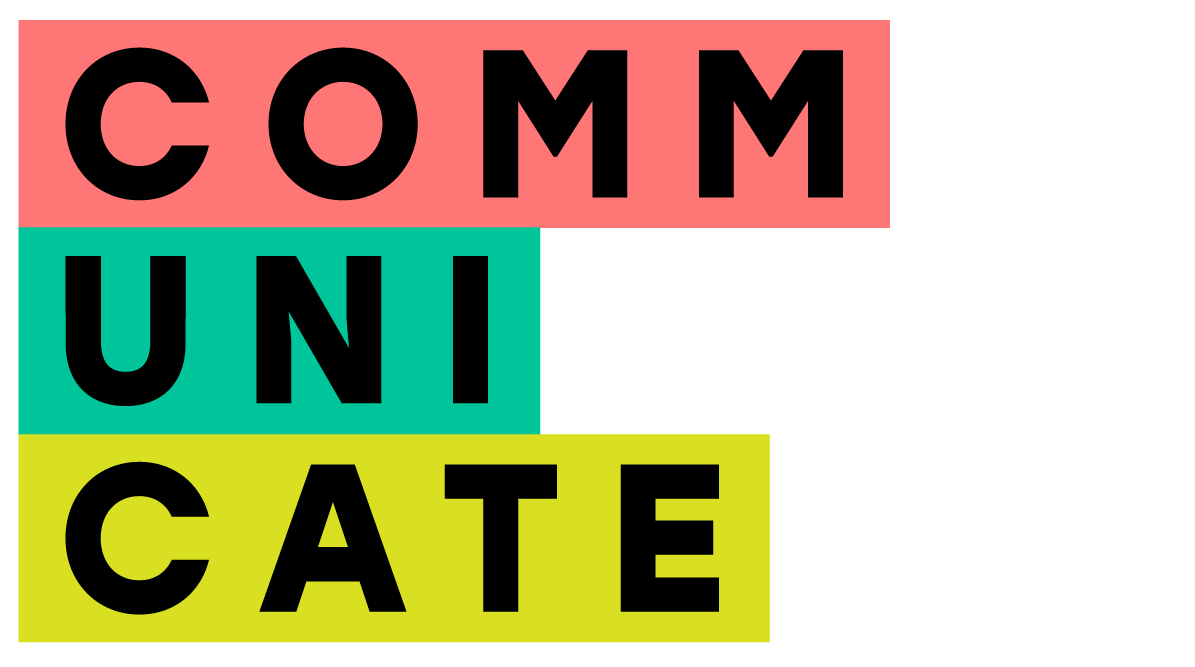Inclusive language…examples and tips:
Specific examples of inclusive language in the workplace can look like:
1. Person-first vs. identity-first language: Person/people-first language tends to be the preferred option for describing individuals and groups of people with a shared identity, focusing on the individual as the most essential element, e.g., "a person with a disability" instead of "a disabled person". Identity-first language puts the descriptor first, and is more common among specific communities, such as the deaf community, where “deaf person” is generally preferred over “person with deafness". Ultimately, different groups have different preferences, and people within groups have different preferences. When in doubt, it is best to ask.
2. Using gender-neutral language: Avoid using gendered language when referring to groups of people or individuals. Instead of using "he" or "she," use gender-neutral pronouns such as "they," "them," or "their." Developing inclusive systems within different modes of communication, such as including pronouns within email signatures in an excellent way to eliminate any assumption of how someone identifies themselves. This can also mean respecting individual preferences: Respect individual preferences when it comes to personal pronouns or gender identity. If an individual prefers to be referred to as a specific pronoun or gender-neutral term, make sure to be mindful and their preferences.
3. Using inclusive terms: Use terms that are inclusive of all individuals. For example, instead of using terms such as "guys" or "ladies," when addressing a group, use more inclusive terms such as "folks" or "everyone."
4. Being mindful of individual differences: Avoid using language that may be offensive or insensitive to individuals from communities or groups. This can also include colloquial language or slang terms that are not politically correct due to having historical association with discrimination or prejudice. This can be in reference to ethnic background, gender, sexual orientation, age, socioeconomic status, religion, or any other personal characteristics.
5. Avoiding stereotypes: Be mindful of stereotypes and biases that may be present in language. For example, avoid assuming that all nurses are female or that all engineers are male.
6. Avoid idioms, jargons, and acronyms: Jargon and acronyms can exclude people who may not have specialised knowledge of a particular subject and impede effective communication as a result. Many idioms don’t translate well from country to country, and some are rooted in negative connotations and stereotypes.
7. Do not undermine mental health disabilities: Mental health conditions refer to psychiatric disabilities that people actually have. They are not metaphors for everyday behaviours or phrases that should be used in jest. Also, avoid derogatory terms that stem from the context of mental health, for example, “crazy… mad…schizo…psycho.”
